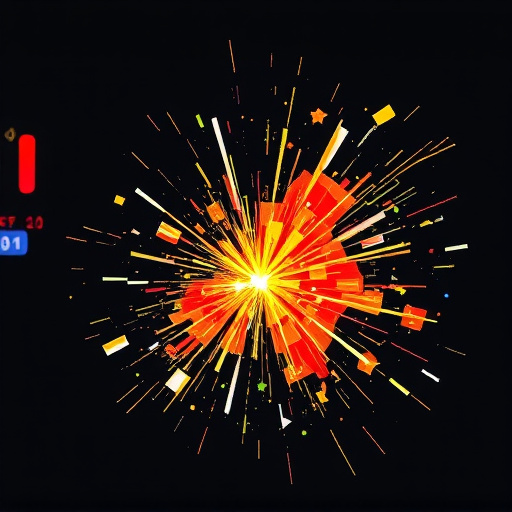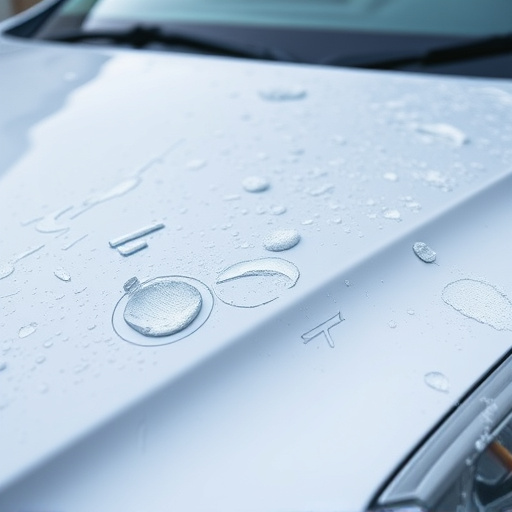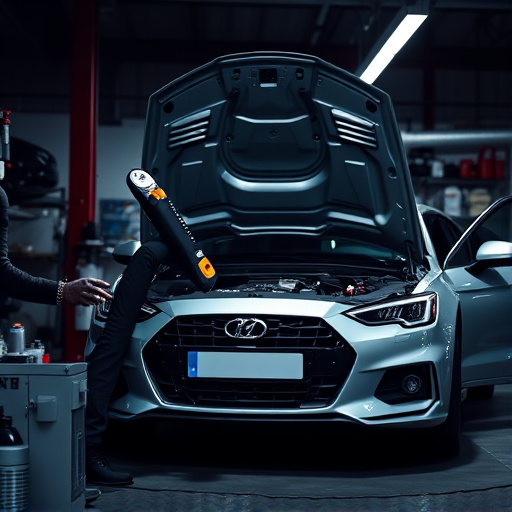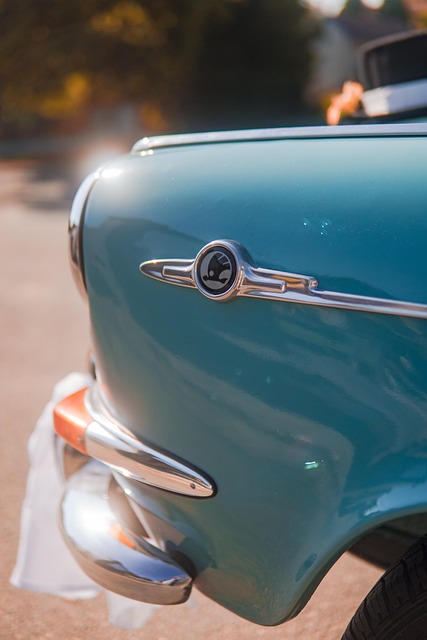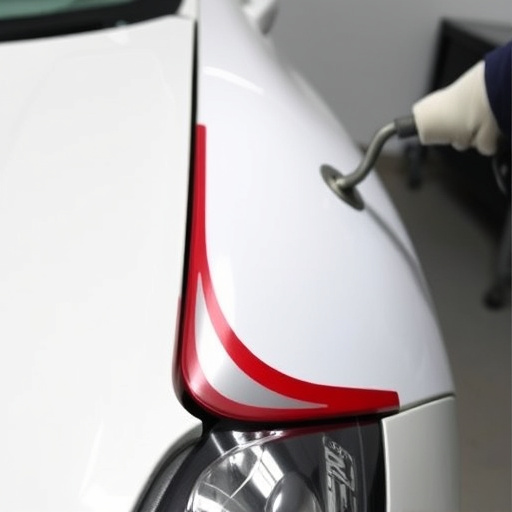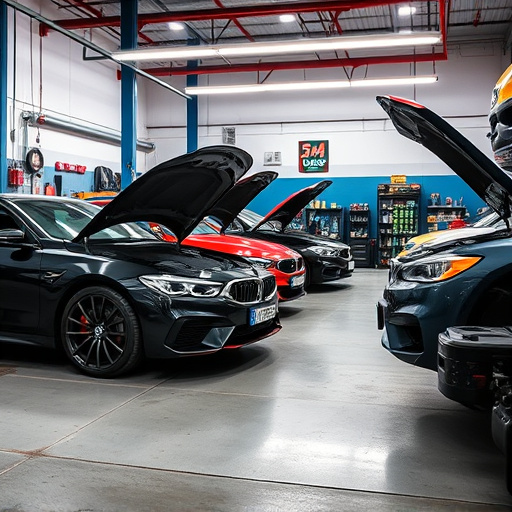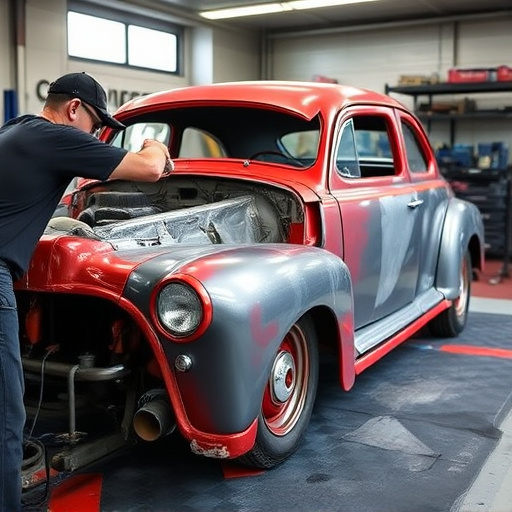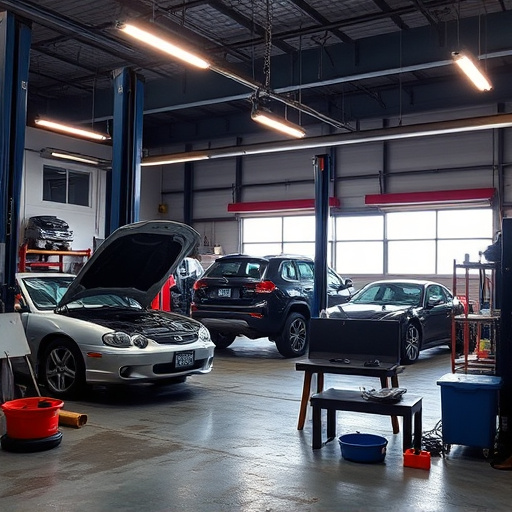PDR (paintless dent repair) prioritizes safety through skilled technician training, protective equipment, and strict adherence to safe practices to prevent accidents during delicate vehicle surface work. Robust quality control measures, including tool calibration, clean areas, precise alignment, and paint matching, ensure consistent high-quality repairs. Continuous learning and technological adoption, like advanced lighting systems, drive PDR excellence, enhancing techniques and efficiency while preserving vehicle value and customer satisfaction.
“In the realm of automotive aesthetics, Paintless Dent Repair (PDR) has emerged as a game-changer. This non-invasive technique promises precise, high-quality repairs without painting. However, ensuring safety and maintaining consistent quality is paramount for professionals. This article explores the critical aspects of PDR safety protocols, delves into effective quality control measures, and highlights the importance of continuous improvement to optimize PDR results.”
- Understanding PDR Safety Protocols
- Implementing Quality Control Measures in PDR
- Continuous Improvement for Optimal Results
Understanding PDR Safety Protocols
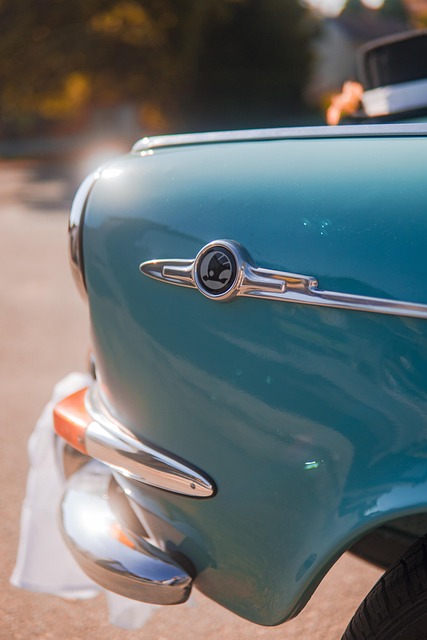
In the realm of PDR (paintless dent repair), safety is paramount as it involves working on a vehicle’s sensitive surfaces without traditional painting methods. Technicians must be adept at navigating intricate car bodies, ensuring both their well-being and the integrity of the vehicle. The primary focus lies in adopting stringent safety protocols to prevent accidents and injuries during the repair process. This includes using appropriate personal protective equipment (PPE), such as gloves and safety goggles, to mitigate risks associated with handling tools and chemicals.
Comprehending PDR safety protocols is crucial for maintaining quality control. Proper training ensures technicians can identify potential hazards, employ safe work practices, and use the right tools for specific car paint services. By adhering to these standards, auto maintenance professionals can guarantee not only their own safety but also deliver high-quality vehicle repair outcomes, preserving the aesthetics of the car without the need for extensive car paint services.
Implementing Quality Control Measures in PDR
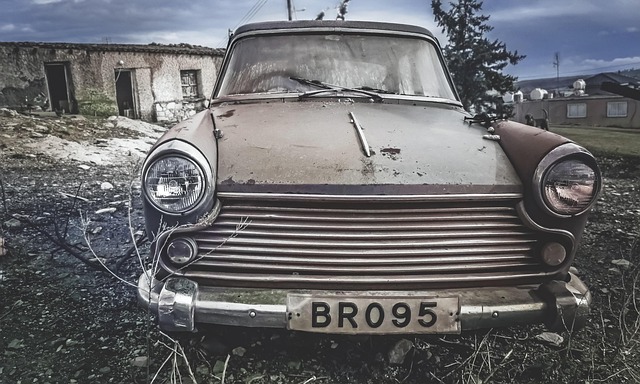
Implementing robust quality control measures is paramount in the PDR (paintless dent repair) process to ensure consistent and high-quality auto body restoration. This involves a series of meticulous checks at each stage of the repair, from initial assessment to final inspection. Technicians must be trained to identify even the subtlest imperfections, as PDR aims to return car bodywork to its original condition without resorting to painting, which can be time-consuming and costly.
Effective quality control includes regular calibration of tools, thorough cleaning of work areas, and adherence to strict standards for panel alignment and paint matching. Regular audits and feedback sessions within the body shop services department help maintain a culture of excellence. By focusing on these aspects, PDR techniques not only guarantee safety but also deliver exceptional results in auto body repair, ensuring customer satisfaction and preserving the value of vehicles.
Continuous Improvement for Optimal Results
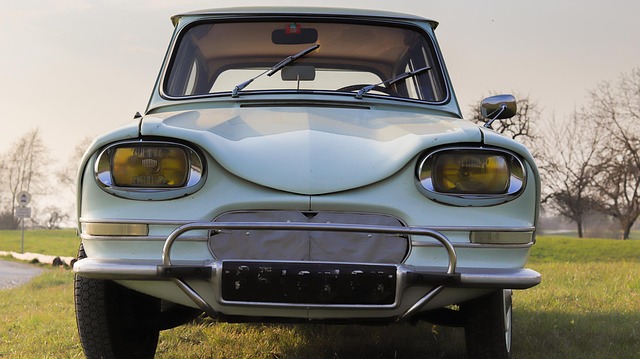
In the dynamic field of PDR (paintless dent repair), continuous improvement is paramount to achieving optimal results. By adopting best practices and staying abreast of technological advancements, auto dent repair specialists can enhance their techniques and deliver higher-quality car paint repairs. This journey towards perfection involves regular training, staying updated with industry standards, and utilizing cutting-edge tools designed for precision and efficiency.
For instance, Mercedes Benz repair experts have long embraced continuous improvement, integrating innovative methods like advanced lighting systems and specialized tools to refine the PDR process. These strategies not only ensure minimal paint damage but also reduce the overall time required for repairs, making auto dent repair more accessible and cost-effective for customers.
PDR (paintless dent repair) has evolved into a highly skilled and precise process, with safety and quality control at its core. By understanding and adhering to strict protocols, implementing robust quality control measures, and striving for continuous improvement, PDR professionals can ensure optimal results while minimizing risks. These standards not only protect the integrity of vehicles but also foster public trust in the industry, making PDR a preferred choice for efficient and effective dent repair.
